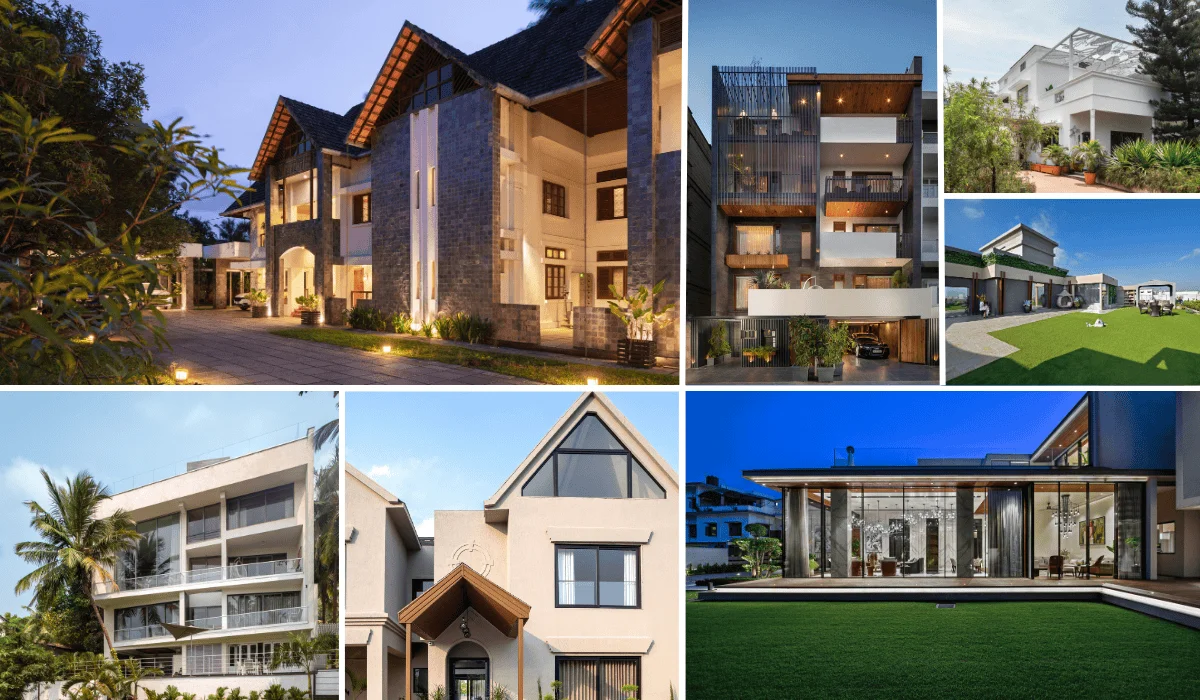Design 21 is a leading Architecture and Interior company in India. The studio’s work ranges from Design Consultancy for large and small scale projects. They specialize in creating bespoke designs for villas, residences and hospitality projects. The studio aims to create spaces that function efficiently in regard to the principles of environmental and economic sustainability. The application of concepts of Energy and Environment sensitive architecture and opulent interiors, combined with the ability to conceive innovative design, workability and material knowledge, gives them a unique edge over Design 21.
The term built environment touches all aspects encompassing the buildings we live in. Their general description is of man-made or modified structures that provide people with living, working, and recreational spaces. As architects, we aim to achieve an integrated, environmentally conscious approach to building designs. The fraternity in the AEC industry has been consistently discussing how to meet the climate targets, reduce heat island effects and limit the impact of the built environment over the past few years. The built environment dictates how societies develop while expressing their cultural infrastructure. It does this while also negotiating the abstract world of policies, council guidelines, building codes, and laws. All this coming together creates visible structures that allow for comfortable living, business activities, and transport networks.
As architects, we appreciate that the inhabited urban built environment is made of boundaries, demanding how we look at spatial data representing the architectural and material characteristics. Architectural boundaries are a determinant for the spatial subdivisions of the built environment. The sequence of boundaries is designed to better appreciate how abstract spatial data refers to the empirical social reality of the material presence of the built environment to its inhabiting society. The types of boundary lines create a built scheme with analytic units that are at once ideational and empirical.
The evolution of design as a whole is the result of cultural boundaries to guard political power, professional responsibilities, and privileges. But one must also understand the performance attributes associated with the design of buildings and design professionals. There is a need for better communication and negotiation among the stakeholders and financial institutions through policies and regulatory agents to user groups. This is done by simply finding different positions and priorities while still respecting the viewpoint of all parties involved. Encouraging the architecture fraternity to integrate sustainability thinking within their projects will require assurances that assessment methods be transparent in use while being complementary to other tools and processes. The help of non-sustainable materials for the betterment of the built environment can conveniently create architectural and design boundaries based on this approach.
The success of the current generation of the built environment method lies in the perceived simplicity in declaring an industry’s expectation of what constitutes a built environment and its construction. Various boundaries of rules and regulations govern architecture. It also comes with its own set of ambiguous and limitless opportunities to explore the realm of design. The solution to complex design involves a wide range of influence. Time frames requiring the ability to appreciate the inter-relationships between a broad range of conflicting requirements.
The principal task of architecture does not only concern the production of objects. But it also helps in creating suitable spatial dimensions at various locations. It offers an interplay between spatial features of constructive elements involved with the perception of user experience. The boundless architecture further comprehends architectural situations from the perspective of experience and not of design. The key consideration of design is how people experience the buildings created for them. Boundaries or the freedom of boundlessness govern it.
Along with being bordered, the terms ‘roof’, ‘base’, and ‘wall’ do appear to be quantitative and physically accountable. The individual concepts do not primarily refer to constructive contexts while representing an aesthetic doctrine of building shapes. Design does not limit to locating terms within the history of architecture. Nor do concepts generalize within a broad socio-cultural context. Concrete architecture and built environment, concentrate on the situative contents of the respective term in connection with concrete structural-spatial form.
Design 21
Website: https://design21.in/
Discover more from Biltrax Media, A Biltrax Group venture
Subscribe to get the latest posts sent to your email.






















